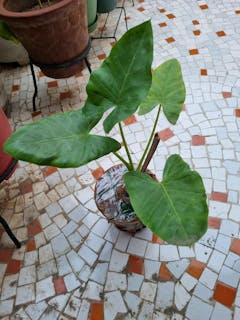Oriental Hybrid Lilies
Family
Liliaceae
Origin
Japan
Description
Lilium is a genus of herbaceous flowering plants growing from bulbs, all with large prominent flowers.
The flowers of Oriental lilies are large, very fragrant, and come in a wide range of colors including whites, yellows, oranges, pinks, reds and purples. Markings include spots and brush strokes.. Because blooms of many oriental lilies appear to look upwards, they are sometimes referred to as ‘Stargazers’.
The plants are late spring- or summer-flowering. Flowers are borne in racemes or umbels at the tip of the stem, with six tepals spreading or reflexed, to give flowers varying from funnel shape to a "Turk's cap". The tepals are free from each other, and bear a nectary at the base of each flower.
Oriental lilies are larger than their Asian counterpart and very fragrant. Many may grow 3 to 6 feet (1-2 m.) in height, much taller than Asiatic lilies..
Oriental Lily mix bulbs produce large, fragrant flowers in a range of colors. They bloom from December to March in plains and from April to June in hilly areas. Planting is recommended between October and November in both plains and hills.
Environment
Lily bulbs can be planted in spring, but getting them into the ground in autumn gives them a head start. Because they are stem rooters and the bulb often anchors a heavy blossom load, it’s critical to sink it at least 6 to 7 inches from top of bulb to top of soil.
Tiger Lilies love full sun, and six hours or more is imperative. Lilies like to have their "head in the sun, feet in the shade." To keep their roots cool, plant them with low-growing annuals, perennials, or grasses. Liliums don't like to be crowded , for healthy growth and good flower production, make sure the plants have enough room around them so sunlight can reach their stems and leaves.
Liliies requires a well drained soil loamy soil. Incorporate organic material into clay soils to increase drainage and nutrients.
Plant lilies in a raised bed to ensure proper drainage. Dig a generous planting hole 8” deep. Put some all-purpose fertilizer in the bottom of the hole and mix it around to disperse. Add a few handfuls of loose soil back into the hole and then position the bulbs so they’re 6 to 7 inches deep. Lilies look best when they are planted in clusters of 3 or more bulbs.
Plant lilies as soon as you get them because the bulbs lack the papery covering (known as a "tunic") that is common to other hardy bulbs, they can dry out quickly in storage.
Landscape Use
The oriental lilies make excellent landscaping additions for flower color in the garden. Their blooms work as great cut flowers making them perfect in flower arrangements

























